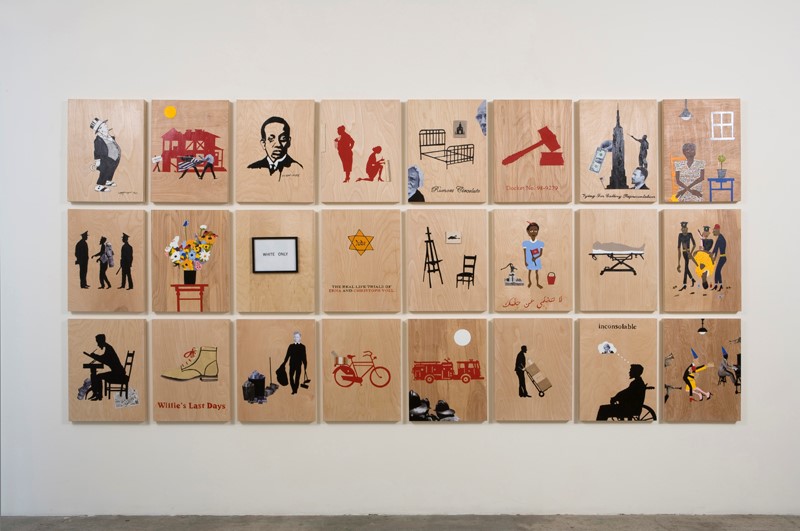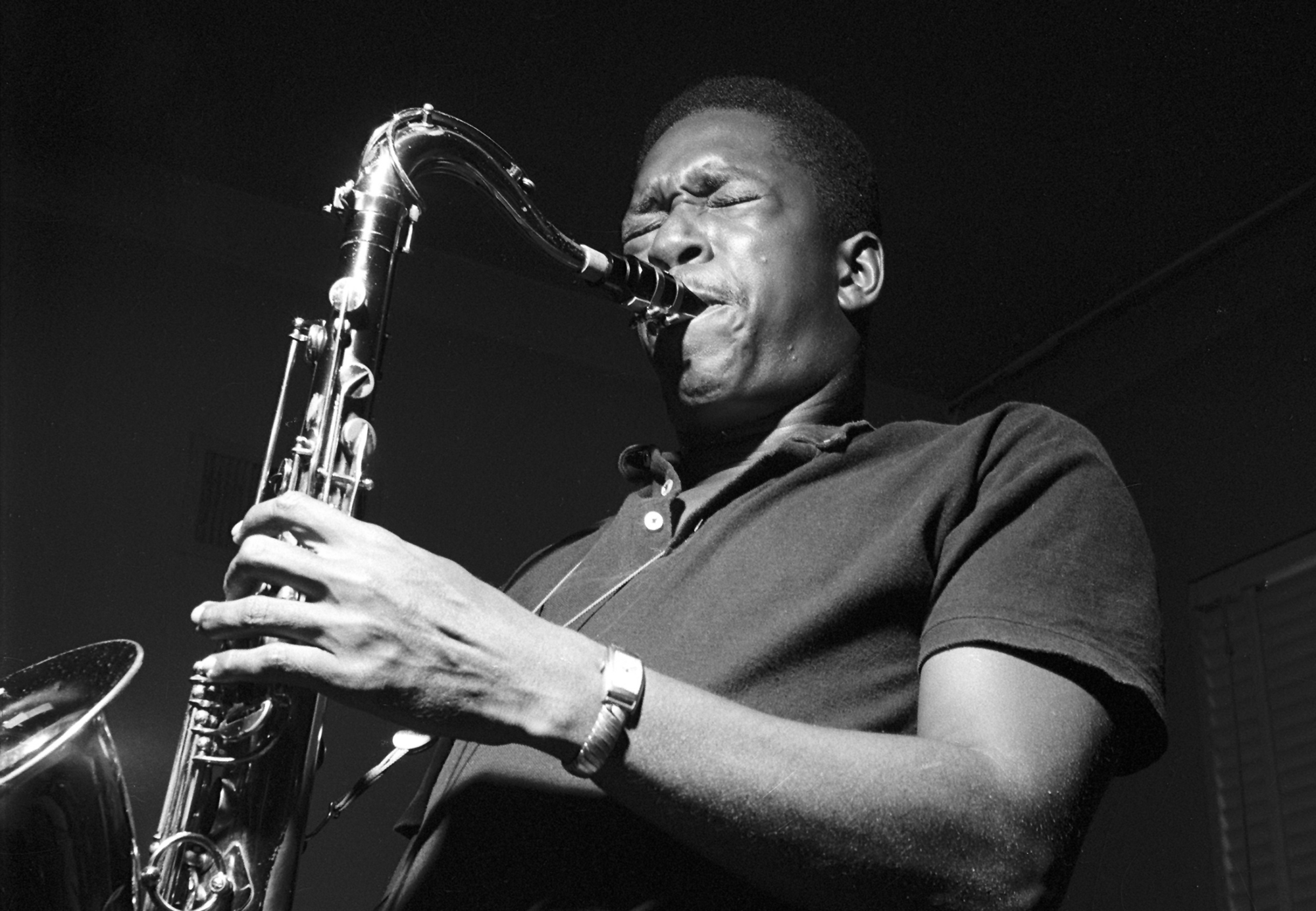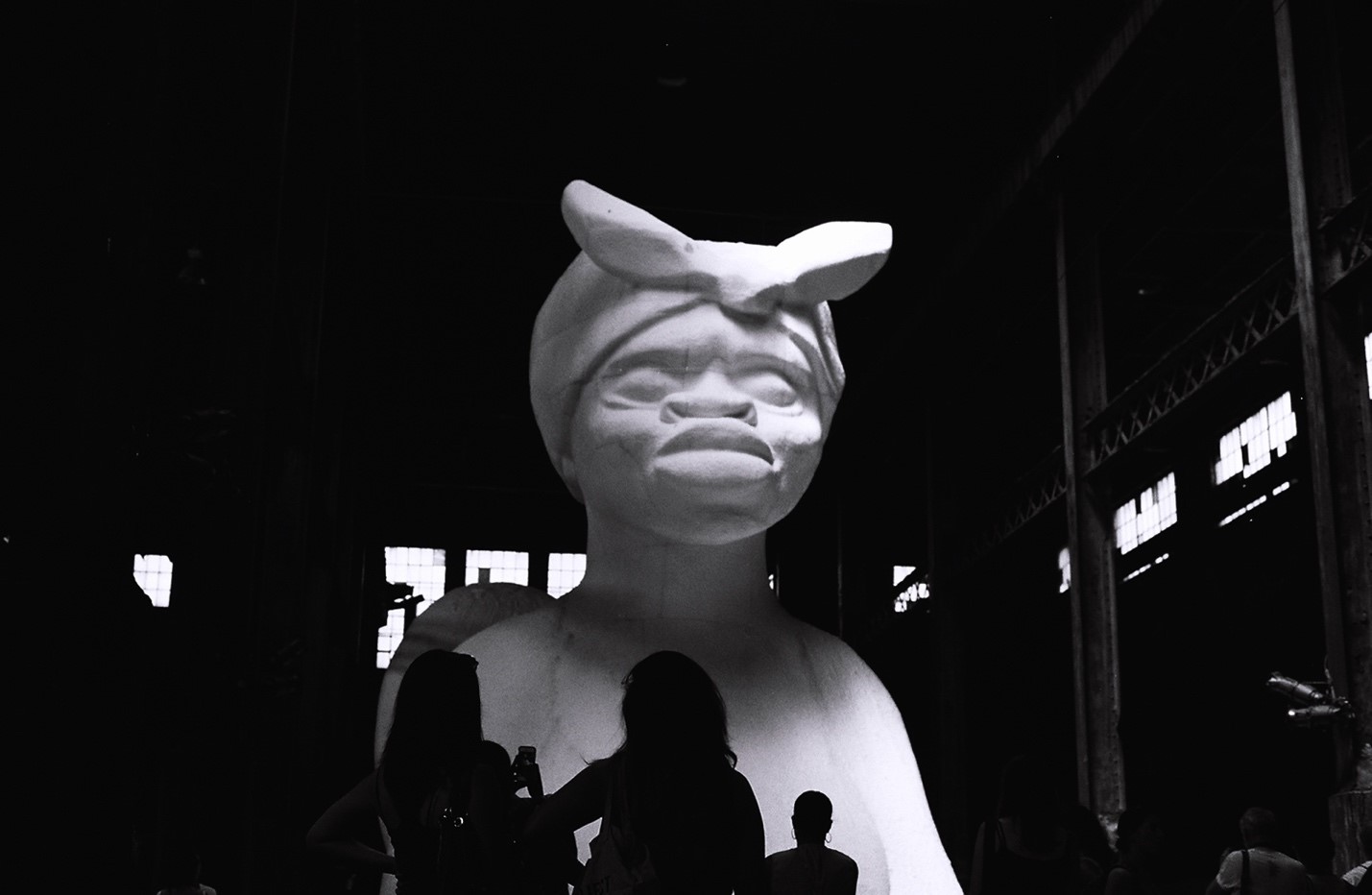Celebrating Juneteenth with Black Artists!
It’s a great holiday to be sharing with each of you today, Juneteenth! As we gather – remotely – to honor and celebrate the power and jubilation of this day, liberation for ancestors and elders, we hope to echo the voices and experiences of Black artists who have brought us joy, made us feel seen, challenged, supported, and taught us so much. We come here with deep gratitude and deeper commitment to investing in a future of liberation for Black peoples everywhere.
Today, we join many of you commemorating the emancipation of enslaved folks in the U.S. and working toward an equitable and just field and future. This Juneteenth, the GIA team offers some reflections on personal experiences with a Black artist who has contributed to our lives.
We hope our reflections inspire sharing of your stories with Black artists who have been central in your life.
From Sherylynn
I could write an entire book on Black art, art while Black, and how inspiring it is.
Black artists continue to create despite the fact that creating art while living in a Black body will always be “a political statement.” If your art leans too much into the Black experience or is too Afro-futurist, it’s radical or controversial. If it leans too much into the Eurocentric style, it’s political because “what makes you think you belong in this space?” Yet still, we keep creating art to teach, heal, entertain, find solace and fulfillment, and spread joy. I love that.
Jean-Michel Basquiat said it best, “I don’t listen to what art critics say. I don’t know anybody who needs a critic to find out what art is.”
Thank you, Black artists. Keep creating unapologetically. Here is to more life and more freedom, (raises glass), Happy Juneteenth!
From Carmen
As I write these words, Prince and Janet Jackson take turns in my Spotify. I can’t decide which of them has been more influential in my life, since as a die-hard music lover, I grew up with both as MTV and VH1 filled my after-school hours.
Video after video, Janet taught me many dance moves and, in doing so, she taught me so much about confidence and joy. In my senior year, I took many of those lessons and translated them to an interpretation of one of her classics, “If.” Back then I asked four friends to dance with me and we spent many afternoons rehearsing our choreography. I remember feeling that Janet’s strength and energy got directly into my soul when I took the stage.
Queen Janet is still queen Janet in my life. I would have seen her for the first time this year, but her Black Diamond tour is one of those that lost to the cancellations due to the coronavirus pandemic. I’m still heartbroken (insert “That’s the Way Love Goes” for this moment in my life’s soundtrack), but I’m hopeful I’ll be able to dance with her someday, even if it’s from a very far away seat.
Songs from Prince like “Nothing Compares to You,” on the other hand, are equally integral to my soundtrack. I would daydream thinking that the love of my life would dedicate lyrics to me like the ones in “The Most Beautiful Girl in the World.” I still love that video and its diverse cast of women because I saw myself in many of them!
His death in 2016 left me with a void (similar to how I felt when David Bowie died earlier that year), but Prince’s memoir, “The Beautiful Ones,” has provided me a special way to connect with that beautiful – and complex – mind.
As I write this brief love letter to two of my greatest inspirations I cannot help wanting to sing and dance my heart away (in a very fashionable way, of course).
From Sylvia
I AM (HEAR), directed by Olympia Perez
Black Trans Media is an organization run by Sasha Alexander and Olympia Perez for the Black trans and gender nonconforming community – one of the few organizations run by, and in service and support of the Black trans and GNC community. Sasha officially founded the organization in 2013 to shift and reframe the worth and value of Black trans people everywhere through media, art, advocacy, and community organizing, but I have known Sasha since 2004, and they were making space and time for racial and gender justice and liberation long before we even met. Thank you for being part of my family and for the adventures through the years and always driving me home because I don’t have a license (I will not give away more dates because Sasha and I have aged very well and we have reputations to uphold).
From Yessica
circa 2005.
I was so fresh, I mean perm fresh (really a relaxer. IF you know, you know).
I entered a lecture hall in a college, not my own, in upstate NY somewhere. I listened to the words of Professor Kaba Hiawatha Kamene, words that would bend my world, and force me to forge a new path. Teaching me that unlearning is only the beginning and probably the hardest to do. Realizing what I had learned in so many classrooms before this one didn’t stick because it wasn’t our truth. You said to never fear and continue to plant seeds for we do not know which ones will sprout. 15 years later, I still remember the conversations we had in that room, and look at how far I’ve come. I am eternally grateful. The warrior in me honors the warrior in you. Onward and forward, with love and light, Professor Kaba Hiawatha Kamene, Meta Netur Scholar.
From Champ
“Christ You Know it Ain’t Easy!!” was the title of the show that introduced me to Deborah Grant’s work in 2014, but it could be a mantra for many of us – any of us – and you know what I mean by that. She contains multitudes, and everything is grist for her mill. “Everything in life is accessible and it needs to be looked at over and over and over again” she says, and “The key is how well you transform those aspects into something that is unique and of your own hand. If you are going to steal, then DO IT WELL!” Her sources and allusions and motifs range everywhere through art and culture and history; she breaks down the labels that are used to segregate one set of experiences from another. I can’t say it better than John Yau: “There is nothing essentialist about Grant’s investigation of identity, but what she does is essential.”

Installation view, Deborah Grant, The Birth of a Genius in a Midnight Sun, 2012. Photo by Tyler Green, Modern Art Notes Podcast.
From Steve
John Coltrane is called the last giant of jazz. But he was my first meaningful touchstone. I arrived in college with plans to eventually get a seat in a symphony, pull together a basket of students, maybe a find a steady teaching job. I was well-versed as I could have been in the classics. My jazz experience was limited to the big bands my parents enjoyed from their youth. And that didn’t conflict or expand upon my notion of musicianship as a virtuosic effort. Hit every note, nail the auditions, win the seat. Perfection.
So it was a surprise to me that I quickly began to gravitate toward the jazzers. They spoke a new language around music that elevated expression and feeling and connection. So I jumped in and John Coltrane was the first landing.
He wasn’t a revolutionary, though he recorded with Cecil Taylor. He wasn’t a be-bopper or a hard-bopper, though he came into himself through those musics. He was a devotee and a tenacious seeker. The patriarchs of his family were preachers, and he internalized their cadence and modulation and made that his music.
He was spiritual and humble, so confidence was difficult for him even though he was playing next to Miles and Monk in their respective bands which were at the top of the jazz world. He couldn’t immerse himself in spectacle of stardom because he felt that he had to work on his own thing. Following a performance, Miles and the guys would find the party and come back to their hotel the next day to find Trane asleep with his horn in his mouth.
On Kind of Blue, you can hear him finding higher gears in the sublime modal music of Miles and Bill Evans. On Giant Steps you hear him shift into those gears. He would speed through the last seven years of his life recording what seemed like an album every month. By the release of one he was disappearing over the horizon. In 1964, he disappeared to his home in Dix Hills, New York, and emerged a few weeks later with A Love Supreme, the record that was my introduction to Trane. It is reasonably considered the greatest jazz record ever made. Everything that followed would challenge and divide the critics and fans. His music was entirely a personal and spiritual endeavor.
He barely noticed when the critics complained that he was riding on his previous fame while making “unlistenable” music (a widely-held perspective that I don’t agree with). He barely noticed that he was terminally ill.
He’s called the last giant because the music called jazz became a niche in the cultural landscape; African-American folklore to be studied in music school. His genius was undeniable. But his important late-period work could be hard to digest. For most, it took an act of faith to sit through 40-minute doses of group improvisation. After Trane’s death, Miles went towards Rock (a scandal of its own) and the music seemed to lose most of its casual audience and mainstream exposure.
My exploration of his music was not casual. I grabbed anything I could get and once or twice I took it in from start to finish. It is a remarkable trajectory over a short period of time. And it changed me. I saw the act of artmaking very differently after finding Coltrane.
From Eddie
Fred Wilson is an artist who changed my life through his work. Fred interrogates unspoken assumptions that inform museum display – what we choose to reveal and what we choose to conceal – as his artistic strategy. Using existing objects – oftentimes objects that are not displayed to the public – and placing them in relation to objects that are often displayed, he reveals how institutions conceal histories of racialized treatment of people. In this way, Fred’s exploration of race and racism is through revelatory critique of institutional practices.
In the words of Angelique Power, president of the Field Foundation of Illinois, “People use racial equity as a substitute for diversity… Racial equity is about shifting power and resources. It involves dismantling AND rebuilding systems. This is an important point since for many of us it stops with dismantling; rebuilding involves shifting resources and power, acknowledging history, and in some ways rethinking history that you have been told and, from that lens, building something new.”
My first real exposure to institutional and historical critique – and critiques of systems – was through Fred’s art.
Fred changed my life in another essential way. He was the first director of Longwood Art Gallery, located in the South Bronx. After years of his leadership, he stepped aside for a new era under Betti-Sue Hertz (who hired me as her gallery manager when I was still a college student). Fred continued to periodically visit to see exhibits as well as lend his name and his work to our efforts to raise funds and increase our profile.
Through Fred, I had a model of a person of color from the Bronx who engaged the art world on terms that were his own. I am humbled and grateful to know him. Thank you, Fred.
From Nadia
I knew of Kara Walker’s brilliant and critical work, art reshaping narratives, meanings subtle and bold, long before I saw it in person. The first instance was upon arriving at graduate school. I was met by Walker in a two-story tall mural transcending the open stair. It was a piece that provoked dialogue amongst students in a private, (self-identified) Marxist institution (quite a juxtaposition to navigate already) about race (the besieged topic of non-discussion amongst solely-class-based social analysis). The space Walker’s piece created was unlike the other white-walled boxes where “Art” was made. It was a space pressing us with histories politely avoided and self-reflections sidestepped.
The second time I got to experience Walker’s art was closer to home. Living adjacent to the in/famed Brooklyn neighborhood of Williamsburg (both North and South, there is a difference), I got to visit the former Domino Sugar Factory where “A Subtlety, or the Marvelous Sugar Baby” was installed for a several weeks in the midst of local struggle around gentrification, privatization, fare wages, and the fight for self-determination in Black and Brown communities, among others.
I share these stories of my time with Walker’s art because it feels like no coincidence that the timing corresponded with my learnings about systems change. The physical embodiment of that work was so apparent in Walker’s forms. The inescapability was palpable. The lessons still ongoing.



